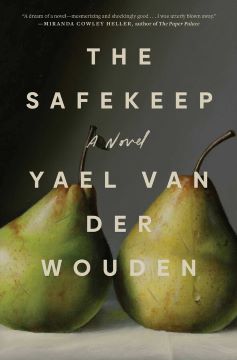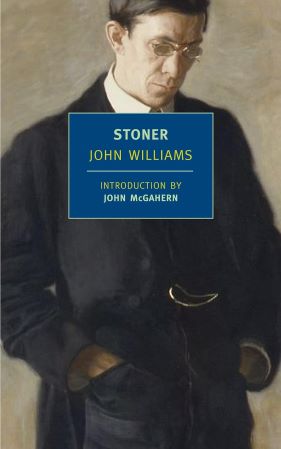Why old houses make some of the best literary characters.

Most readers will be drawn to Yael van der Wouden’s self-assured debut, The Safekeep, shortlisted for this year’s Booker Prize, for its clever plotting and erotic lesbian love affair. But for me, the most fascinating element in the novel is the house. It’s a country home in Holland whose complex wartime history is only revealed in the last third of the book.
The story begins when Isabel, who has been living there alone, discovers a shard of porcelain in the garden. We come to realize that she compulsively maintains an inventory of all the household items — the china, silverware, fountain pens, and letter openers — so the shard perplexes her. Hand-painted with a hare motif, it’s from her mother’s collection, none of which is missing or broken. This has significance as the story develops.
I’m particularly interested in old houses right now because our family is in the middle of buying one in France. It’s the culmination of several years’ planning and dreaming, which began during the pandemic, when we realized we were too spread apart.
We longed for a place we could all be together, at least some of the time. We hoped that our far-flung Australian, American, and European relatives, not to mention friends, would be able to come together in this house. But when you buy an old one, you’re in a sense coopting other people’s history. This is a theme in The Safekeep.
But that book led me to another novel with a troubled old house as a character, Aminatta Forna’s The Hired Man. In it, Laura, a British woman with two teenagers, buys a home in the Croatian village of Gost. It’s a fixer-upper, and she’s sure she can bring new life to it and wealth to the village.
The hired man, who narrates the story, was connected to the previous owners and lived through the Serbo-Croatian war. Laura of course is oblivious to this history. But as in The Safekeep, it’s pieces of ceramic that tip us off to the house’s complex history.
The new owners find a box of junk containing a handful of blue and green tiles. Later, they decide to scrape the white plaster from the outside of the house, and here they discover something underneath, a mosaic.
The past is like a mosaic, but not every mosaic is pretty. “The way the English saw it, the past was always better,” the hired man tells us. Whereas, he continues, “We tolerate the present but what we love is the future which is about as far from the past as it is possible to be.”
My family’s new old house in France has everything we dreamed of — and we imagined it very specifically before we found it. It’s on the Indre River in the Loire Valley, where my daughter, Rosalind, already lives. It’s close to the city of Tours and near a community of established friends. It’s in the village of Rigny-Ussé but also has privacy and a garden.
And its history? Well, Tours, half an hour away, was occupied by the Nazis in World War II, and although Rigny-Ussé wasn’t a site of conflict, it certainly experienced many of the shortages and restrictions of occupied France. Our friends Daniel and Elizabeth, whose family has lived in the region for generations, have told us stories of that time.
As it turns out, our house has been tenderly cared for — and in the same hands since 1908. But how will we live in it differently? And how will we fit into the community? What will we share of its history and what will we bring that is new? We do speak French. We do know some of the locals. But for us, this house holds both our future and another family’s past.
We want it to have a large kitchen with a big table. We want it to have a library and places to curl up with books. It will need some renovation, and it also has room for expansion. And it has a cave, which my 4-year-old granddaughter, Beatrix, requested for Christmas last year!
Interestingly, The Safekeep came up in a conversation with Rosalind just the other day. She told me that when she was browsing at a brocante (flea market) in the nearby village of Langeais several months back, she saw a little porcelain jar hand-painted with a design of a hare jumping over some flowers. Then, yesterday, at another brocante, she was surprised to see it again. She’d noticed it in Langeais, but now it’d crossed the river to La Chapelle-aux-Naux. She knew it was the same piece because she recognized the woman selling it.
This time, she decided to buy it. We’ll put it in our new old house, she says. I told her I’d like to think it’s the same hare design as in The Safekeep. But because it’s intact, I’ve decided to take it as a good sign.
Amanda Holmes Duffy is a columnist and poetry editor for the Independent and the voice of “Read Me a Poem,” a podcast of the American Scholar.

.png)